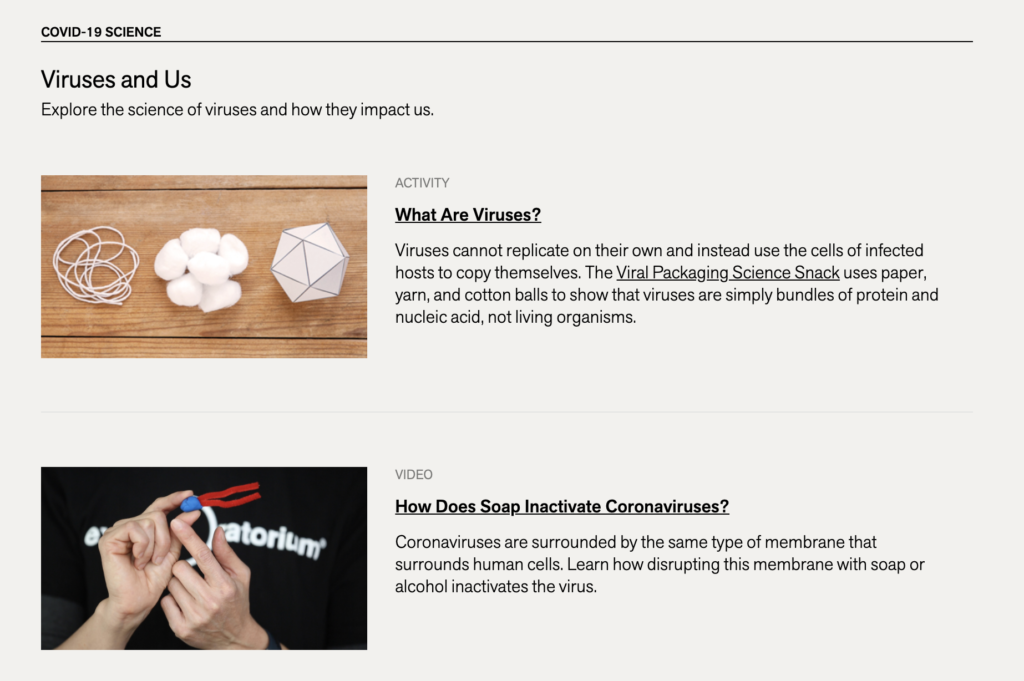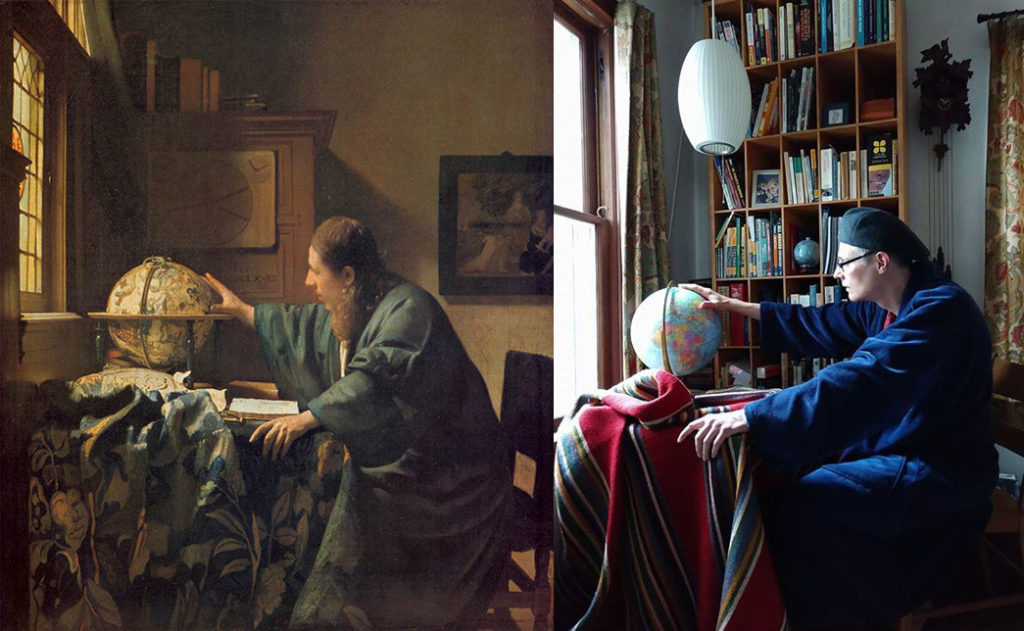International Museum Day 2020 is less than a month away. With the theme “Museums for Equality: Diversity and Inclusion”, IMD 2020 aims at becoming a rallying point to both celebrate the different perspectives that make up the museum communities, and champion tools for identifying and overcoming bias in what they display and the stories they tell.
Following the COVID-19 outbreak and the subsequent lockdowns, we decided to adapt the format and focus on digital activities, to promote the values of IMD while ensuring the safety of the public and staff alike. Remember that you are welcome to organize your on-site activities between November 14 and 16, 2020.
How can museums ensure diversity and inclusion in their digital activities, exploiting the potential of the web? We already drafted a list of possible activities that museums can develop to reach their public remotely, but we should also focus on the “inclusive” part of these long-distance practices. Let’s break it down:
THE VOICE
As we have seen, museum directors and curators have long started to narrate their collections themselves: initiatives such as “Ask a curator” or “Le passeggiate del Direttore” (The Director’s walks) recently promoted by the Egyptian Museum of Turin, are useful tools to give a personal touch to your digital activities. But what about the other, more discreet but fundamental, voices that make up a museum? Why not involve your entire staff, to talk about your collections or just about what is going on in the world right now? Or your visitors and volunteers, asking them what led them to love your institution, what made them feel included? To give you a contemporary example, the Museum of Ordinary People is inviting audiences to share their own experiences of life in the coronavirus crisis.
THE AUDIENCE
As we suggest in our step by step guide for organising IMD activities, we recommend you to target a specific public/demographic (such as children, senior citizens, a minority, etc.). Among many others, San Francisco’s Exploratorium is offering online activities to help kids understand the science behind viruses and how we can protect ourselves against infection. But the forced isolation and lockdowns can affect fragile categories the most: think about older people for example, and the effects of fear and self-isolation on their overall wellbeing. The Baring foundation collected a list of great examples of activities that you can promote for the elderly or in partnership with care homes.

THE MEDIUM
Once if you’ve chosen your target audience, you should consider how to reach them: which channels and languages does you public use? The digital possibilities are endless but remember that social media are not a synonym for accessibility. For example, to reach an audience with limited internet access at a distance, why not consider radio broadcasts (remember museum podcasts?): the monumental “A history of the World” project by The British Museum comes to mind, but why not partnering with smaller, local partners? Or what about a miracle hotline to allow your audience to call you directly on the phone? Finally, the One Letter, One Smile initiative is connecting people who want to write a letter to the elderly currently on lockdown across France and Belgium, why not encourage your communities to send museum postcards to each other?
THE CONTENT
Last but not least: the content! Is it relevant to the audience and consistent with the medium? What is your goal: to tell a story, to amuse, to raise doubts? To really engage your audiences you should not just talk about objects, but about connections: what do your collections mean for who is listening? Are they relevant for them? Here’s three great examples on how to adapt your storytelling:
- This great twitter thread comparing Ancient Egyptian amulets and hand sanitizers
- The Carnegie Museum of Natural History Titktok account and their snail jokes, quite successful!
- The British Museum’s LGBTQ histories trail or the work of the V&A’s LGBTQ working group
- The Met website section designed for, with and by kids, MetKids
Ancient Egyptian amulets as hand sanitizers – a thread 🧿🧼👇 @NtlMuseumsScot The djed-pillar represented the backbone of the god Osiris and granted stability pic.twitter.com/ZsGNLjY677
— Dr Margaret Maitland (@eloquentpeasant) March 15, 2020
As a general recommendation, encourage your audiences to engage with your collections! An example that we cannot fail to mention is the call to action to recreate famous artworks from their own homes, promoted by many cultural heritage institutions (check out this article from the Getty Museum) and people have been sharing their creations on Twitter and Instagram using #TussenKunstenQuarantaine and #BetweenArtAndQuarantine.

BE INSPIRED AND SHARE
With the hashtag #MuseumsAndChill we launched a social media campaign to promote the activities of museums that are reaching their audiences at home, and to provide other institutions with tools and ideas to do the same. Check our twitter moments to find inspirations for your future IMD activities!
Don’t forget to share your activities on our interactive map and to use the IMD gifs to animate your posts, by typing “ICOM” in the GIF search bar.
